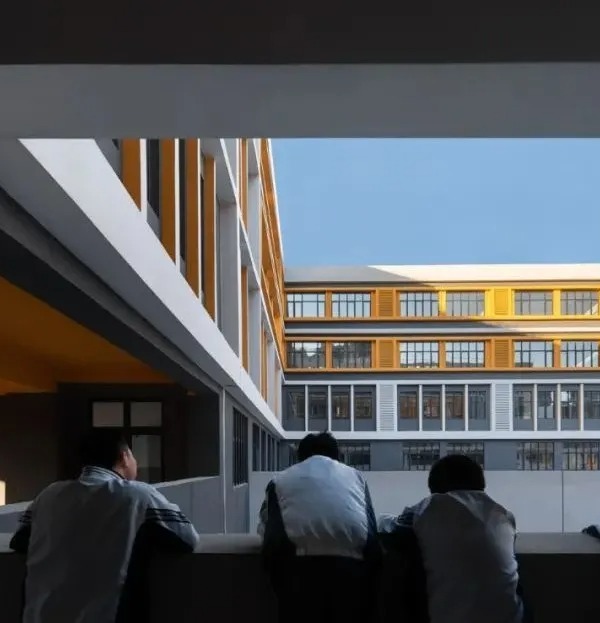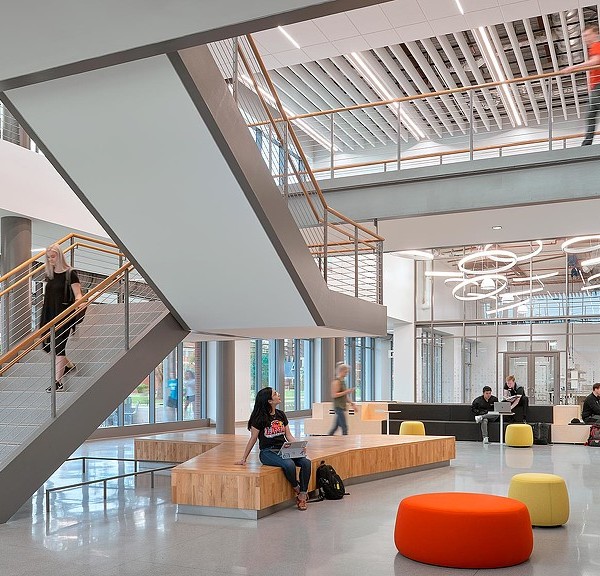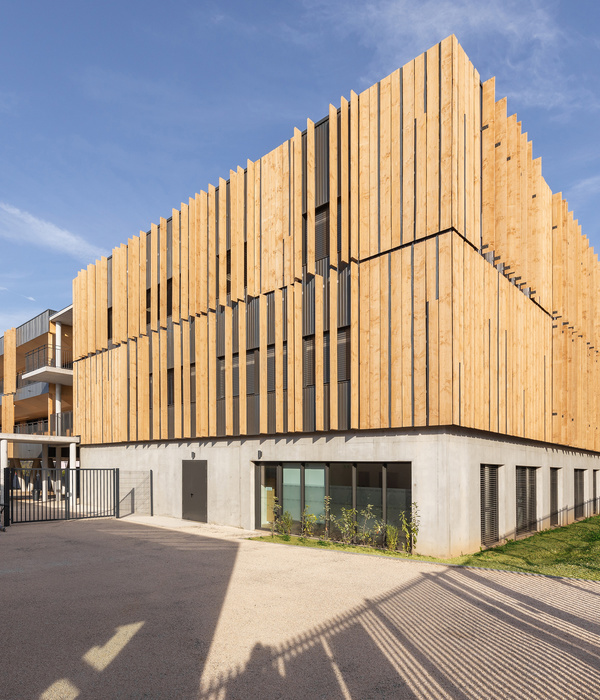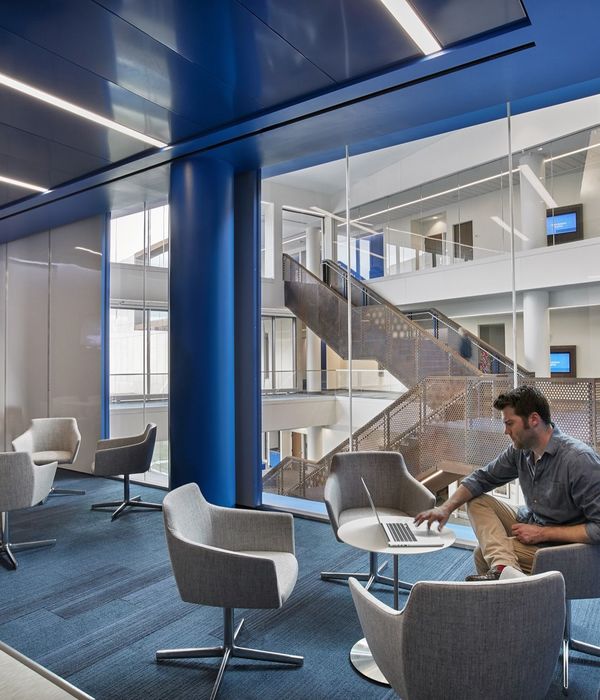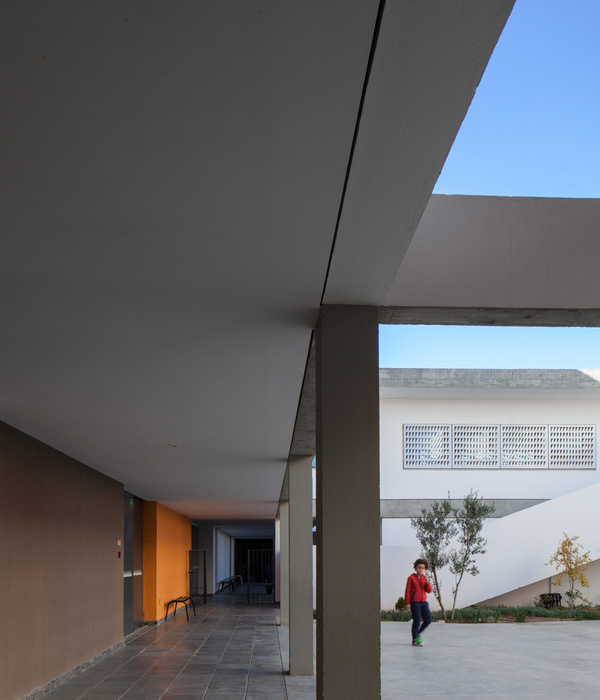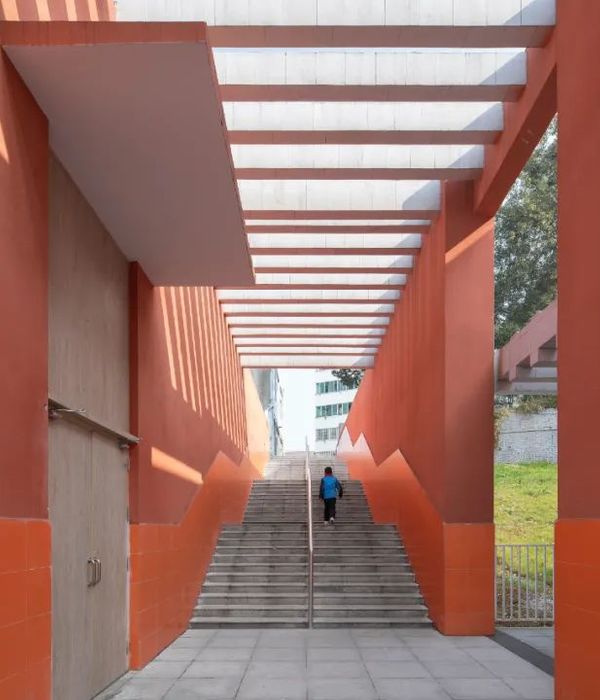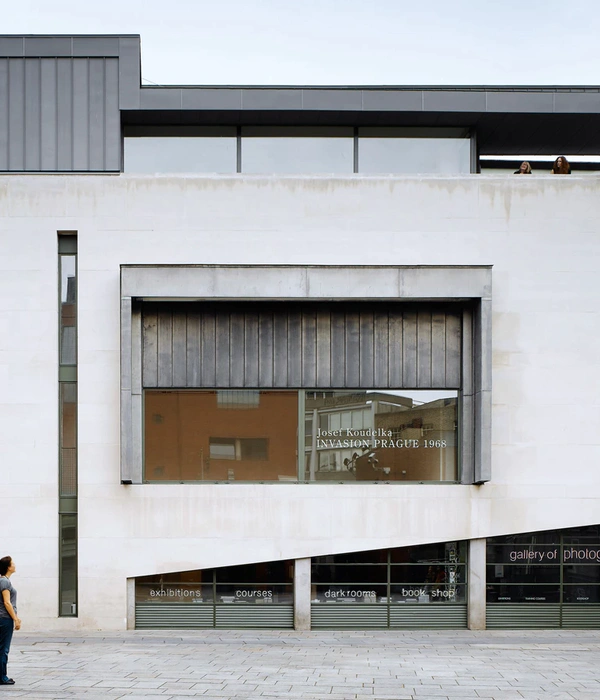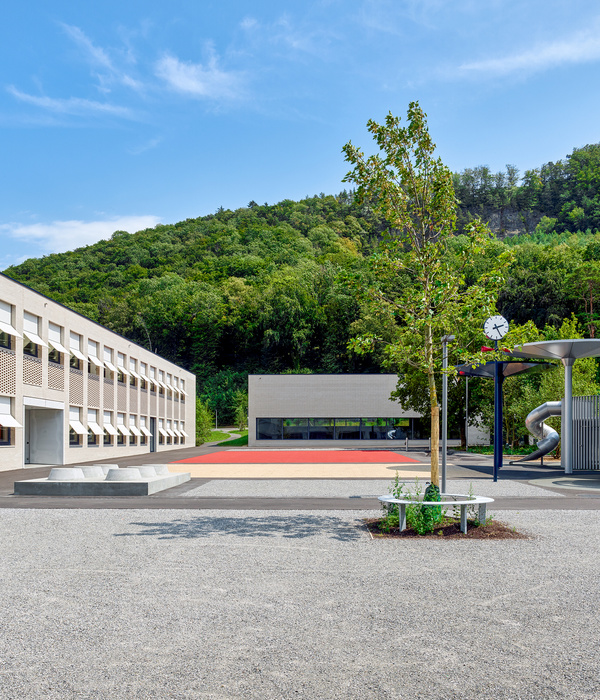THE RIVERSIDE ECO-DISTRICT OF L’ÎLE-SAINT-DENIS
THE RIVERSIDE ECO-DISTRICT OF L’ÎLE-SAINT-DENIS
THE RIVERSIDE ECO-DISTRICT OF L’ÎLE-SAINT-DENIS
THE RIVERSIDE ECO-DISTRICT OF L’ÎLE-SAINT-DENIS
THE RIVERSIDE ECO-DISTRICT OF L’ÎLE-SAINT-DENIS
THE RIVERSIDE ECO-DISTRICT OF L’ÎLE-SAINT-DENIS
THE RIVERSIDE ECO-DISTRICT OF L’ÎLE-SAINT-DENIS
ponkawall
DEVELOPMENT ZONE
1,000 housing units / 1,000 jobs
Housing 90 000 m²Offices 14 800 m²Shops 6 400 m²Workshops 8 200 m²Equipments 23 600 m²Activities 3 000 m²SURFACES
Eco-district area : 22 ha
Bi-sites development zone area : 13 ha
THE URBAN CONCEPT
A third of the developed surface area of L’Île-Saint-Denis is occupied by warehouses, many of which are no longer in use. This site covers 22 of the island’s 100 hectares.
Philippon-Kalt, architects and urban planners, led a team to propose reconverting this site into a riverside eco-district, and have been responsible for bringing their plans to fruition.
This area, which is currently under development and located less than 2km from Paris’s Saint-Denis station, is set to benefit from the “Grand Paris” initiative.
An in-depth reflection on water and biodiversity, energy, mobility and pollution was conducted in collaboration with specialist firms to ensure that the eco-district remains an example to follow over time.
In 2009, the project, led by Michel Bourgain, Mayor of Île-Saint-Denis, and by the authorities of the larger Plaine Commune area, was chosen as the prototype district at the NQU consultation (label Nouveaux Quartiers Urbains – New Urban Districts), and it received the Prize of the Future, National List of Eco-Districts 2011. On 17 February 2013, the riverside eco-district charter was signed by all of the project’s partners.
The riverside eco-district:a living space for everyone, planned and developed to promote social relationships, and to encourage sharing and saving resources.
THE 3 I
The concepts developed for this new district are based on the three main issues of L’Île-Saint-Denis:Insularity
By creating north-south connections between the two residential districts on L’Île-Saint Denis.
Inter-commune links
By improving communications with neighbouring communes and involving the new district in the local development processes.
Identity
By respecting the principle of setting a good example in environmental matters and promoting water as a factor of identity for residents.
FROM ECO-DISTRICT TO ECO-CIT’ISLAND
Development: participatory governance
A shared culture is created in collaboration with all of the project’s stakeholders. The Eco-District Charter, a document to ensure the commitment of the various partners, uses the same concepts as presented by the planners.
Throughout the project, an active debate is being maintained, by means of consultation meetings with residents: which services should be available in the mobility centres, plans for public spaces, rooms for communal use, etc.
Urban, environmental and social cohesion
The needs of all the entities involved are considered: VNF and Port autonome, RATP and STIF, ERDF, ANDRA, CG 93, the département, the city, the technical services of Plaine Commune local authorities, specialised design firms, etc. Preference is given to concepts that can be replicated in other areas.
Ambitions that are sustainable into the future
The specifications drawn up for the riverside eco-district consider the future of the district over time by including room for growth in line with changes in standards and technology, and with the development of the area.
A LANDSCAPE CONSTANTLY RESHAPED BY THE WATER
Water, a significant part of the district’s identity, is shown off by landscaping which contributes to the comfort and quality of life of residents.
An educational trail on the theme of water illustrates the alternative, landscape-focused and recreational approach to using the resource
Recovery and reuse of rainwater to save on tap water.
Management of run-off water through landscaping to prevent discharge into drains.
Alternative management of waste water for experimental schemes such as floating housing.
Development of biotopes in ponds to reduce pollution.
Natural bathing space within the pioneering sustainable development, supplied by water from the Seine which is filtered by plants.
A protected ecosystem
The whole district overlooks the Seine. On the developed land, the riverbanks have been cleared,
{{item.text_origin}}

